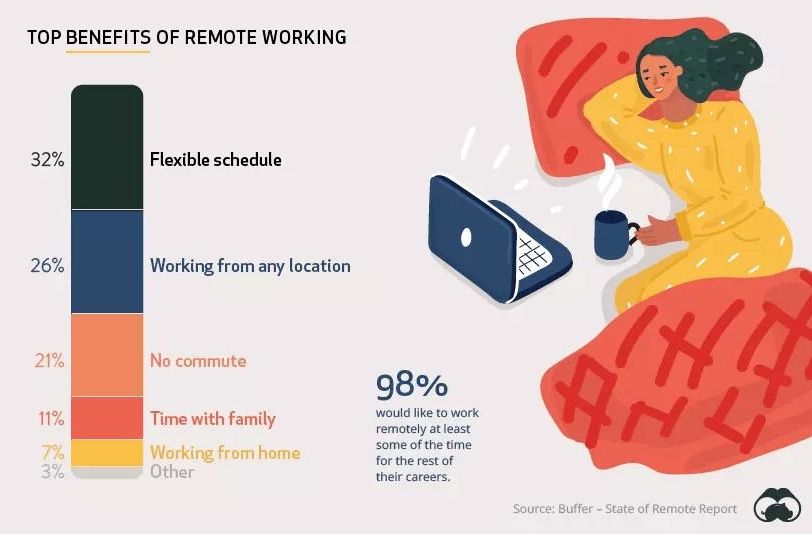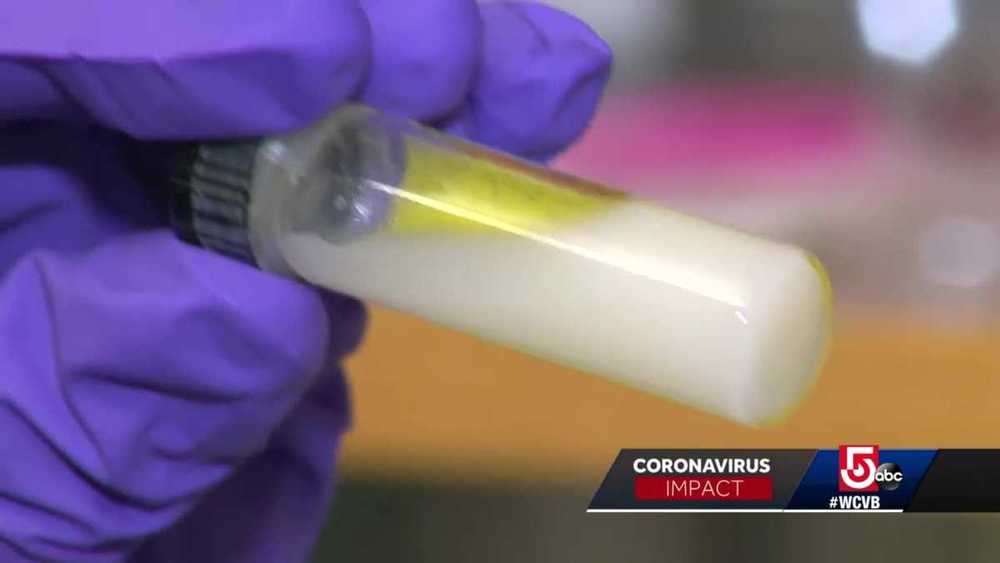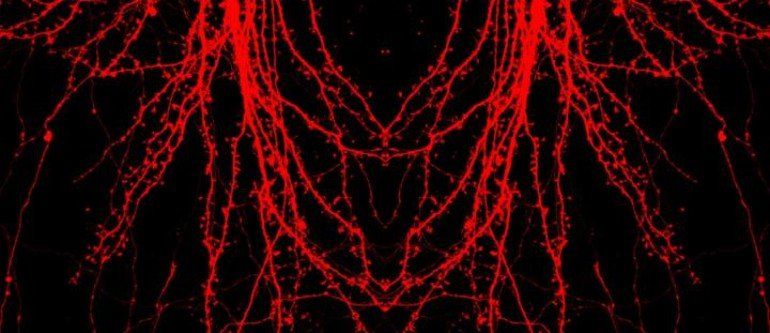Here’s my latest post!
Sleep changes during aging may impact Alzheimer’s disease risk, and with the goal of minimizing that risk, can sleep, in particular, levels of deep sleep, be optimized?
Here’s my latest post!
Sleep changes during aging may impact Alzheimer’s disease risk, and with the goal of minimizing that risk, can sleep, in particular, levels of deep sleep, be optimized?

More than half of the world’s population carries the bacterium Helicobacter pylori in their stomach mucosa. It often causes no problems throughout life, but sometimes it can cause inflammation, and in some cases, it can even lead to the development of stomach cancer.
Helicobacter pylori uses several ‘virulence’ factors that allow it to survive in the stomach and can lead to the development of disease. In this issue of the journal Molecular Cell, Professor Cynthia Sharma’s research team report that multiple of these factors are centrally regulated by a small RNA molecule called NikS. Prof. Sharma heads the Chair for Molecular Infection Biology II at Julius-Maximilians-Universität (JMU) Würzburg in Bavaria, Germany.
Among the target genes regulated by NikS are the two most important virulence factors of Helicobacter pylori as well as two encoding outer membrane proteins. In particular, the JMU researchers were able to show that NikS regulates the CagA protein, a bacterial oncoprotein that plays a central role in the development of cancer instigated by Helicobacter pylori. In addition, a protein with a so far unknown function that is released into the environment by H. pylori is also under the control of NikS.

It looks like the Tabacco plant is being used for the Covid19 vaccine.
Historically, tobacco plants are responsible for their share of illness and death. Now they may help control the COVID-19 pandemic.
Two biotech companies are using the tobacco plant, Nicotiana benthamiana, as bio-factories to produce a key protein from the coronavirus that can be used in a vaccine.
“There’s obvious irony there,” says James Figlar, executive vice president for research and development for R.J. Reynolds Tobacco. Reynolds owns Kentucky BioProcessing, one of the companies working on a COVID-19 vaccine from plants.


A group of scientists at Northeastern University are making progress using nanotechnology to prevent, diagnose and fight the coronavirus.
Thomas Webster, professor of chemical engineering at Northeastern University, has been working with nanotechnology for decades. Now, he and his team are finding new applications with the coronavirus.

Experts say that COVID-19 almost certainly arose naturally, rather than being bioengineered.
But that doesn’t mean the next pandemic won’t involve a deadly virus designed by an adversary, as distinguished fellow at Harvard Law Vivek Wadhwa argues in a new essay for Foreign Policy.
“It is now too late to stop the global spread of these technologies — the genie is out of the bottle,” he wrote. “We must treat the coronavirus pandemic as a full dress rehearsal of what is to come — unfortunately, that includes not only viruses that erupt from nature, but also those that will be deliberately engineered by humans.”

Controlling brains with light.
Thanks to optogenetics, in just ten years we’ve been able to artificially incept memories in mice, decipher brain signals that lead to pain, untangle the neural code for addiction, reverse depression, restore rudimentary sight in blinded mice, and overwrite terrible memories with happy ones. Optogenetics is akin to a universal programming language for the brain.
But it’s got two serious downfalls: it requires gene therapy, and it needs brain surgery to implant optical fibers into the brain.
This week, the original mind behind optogenetics is back with an update that cuts the cord. Dr. Karl Deisseroth’s team at Stanford University, in collaboration with the University of Minnesota, unveiled an upgraded version of optogenetics that controls behavior without the need for surgery. Rather, the system shines light through the skulls of mice, and it penetrates deep into the brain. With light pulses, the team was able to change how likely a mouse was to have seizures, or reprogram its brain so it preferred social company.


Summary: A clusterization approach allows researchers to analyze dendritic spines in new ways.
Source: SPbPU
Dendritic spines are small protrusions from a neuron’s dendrite membrane, where contact with neighboring axons is formed to receive synaptic input. These spines have different sizes, shapes, and density. Changes in the characteristics of the dendritic spines are associated with learning and memory and could be a feature of neurodegenerative disorders like Alzheimer’s disease and Huntington’s disease.
